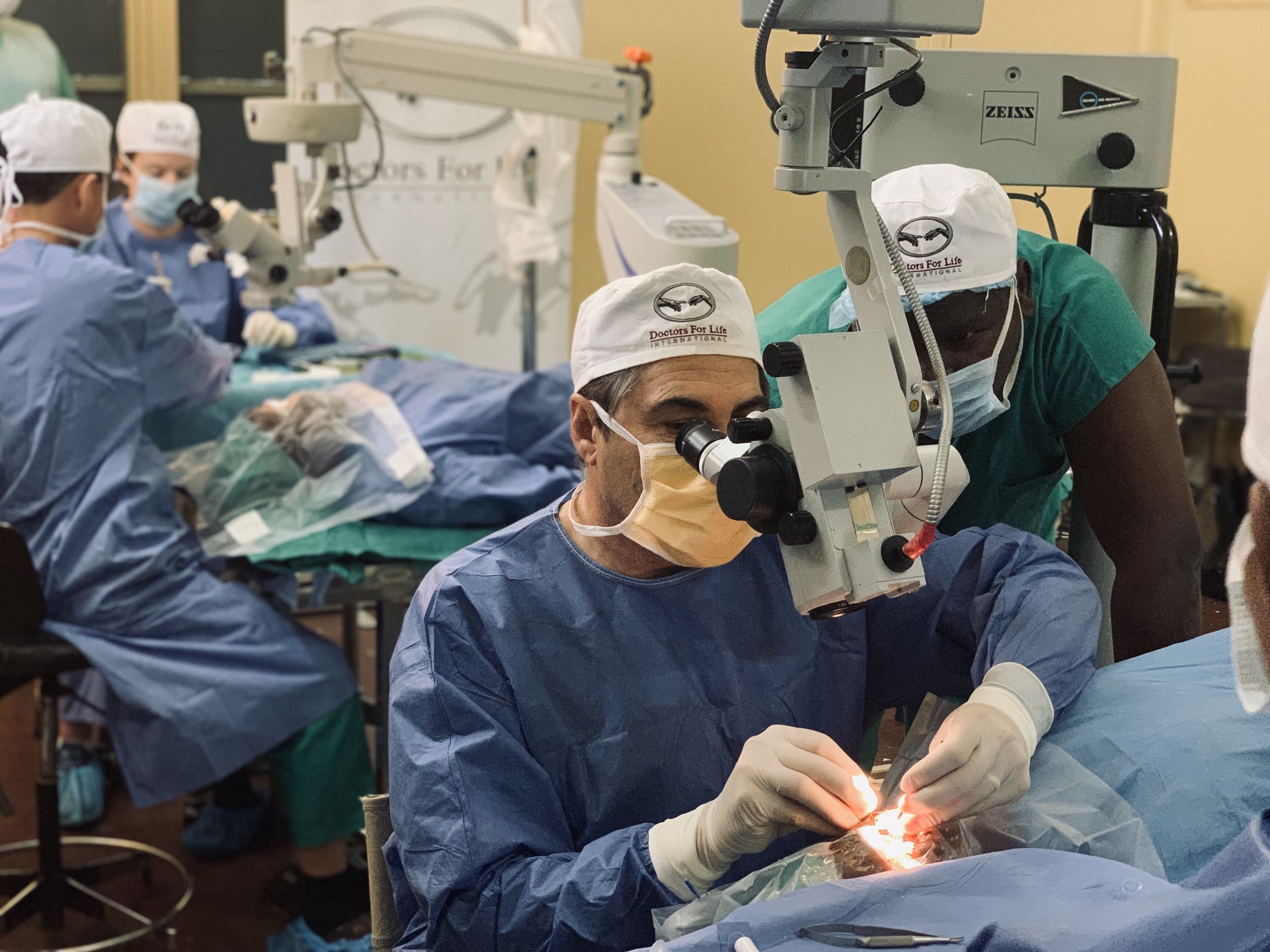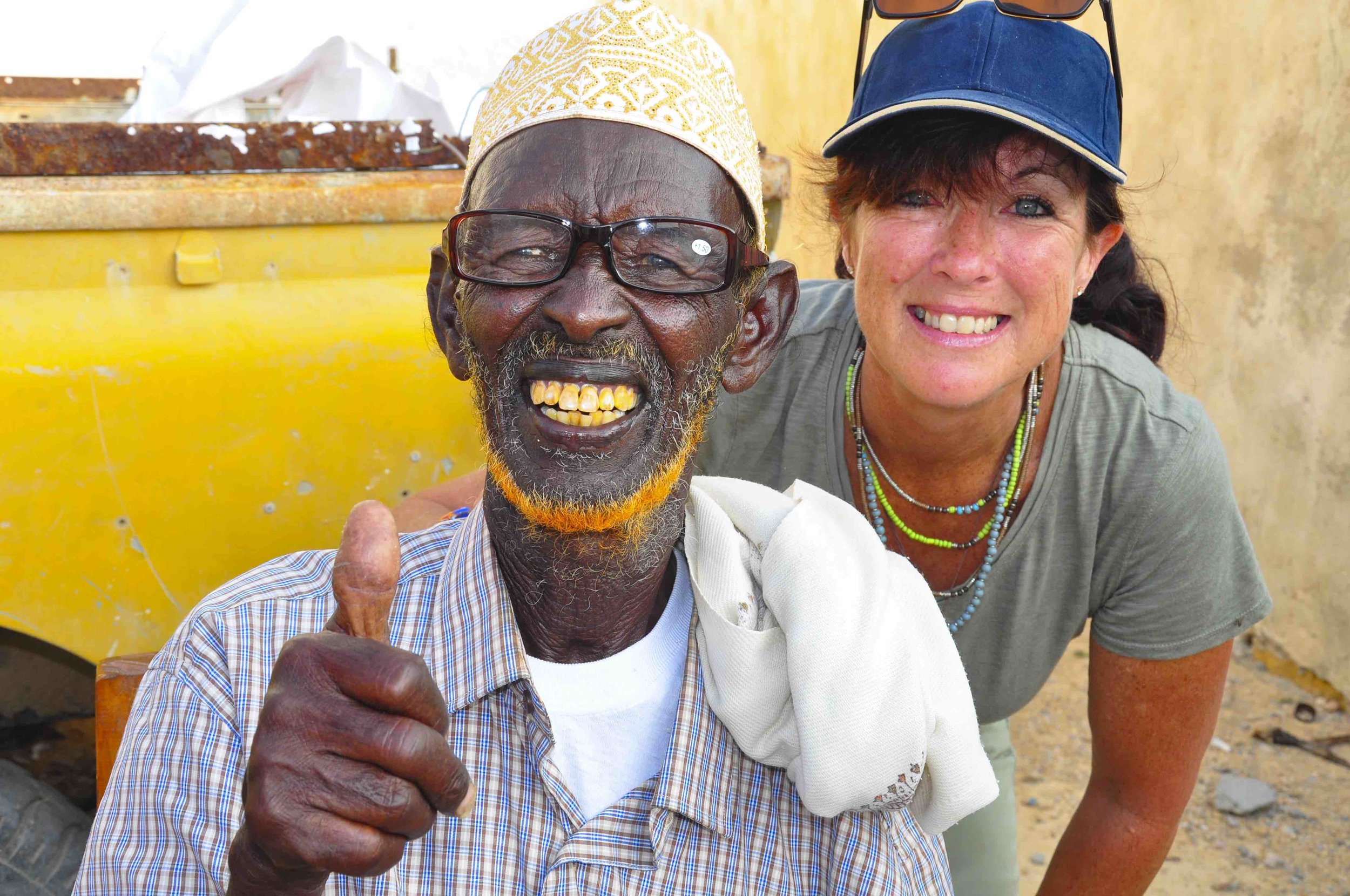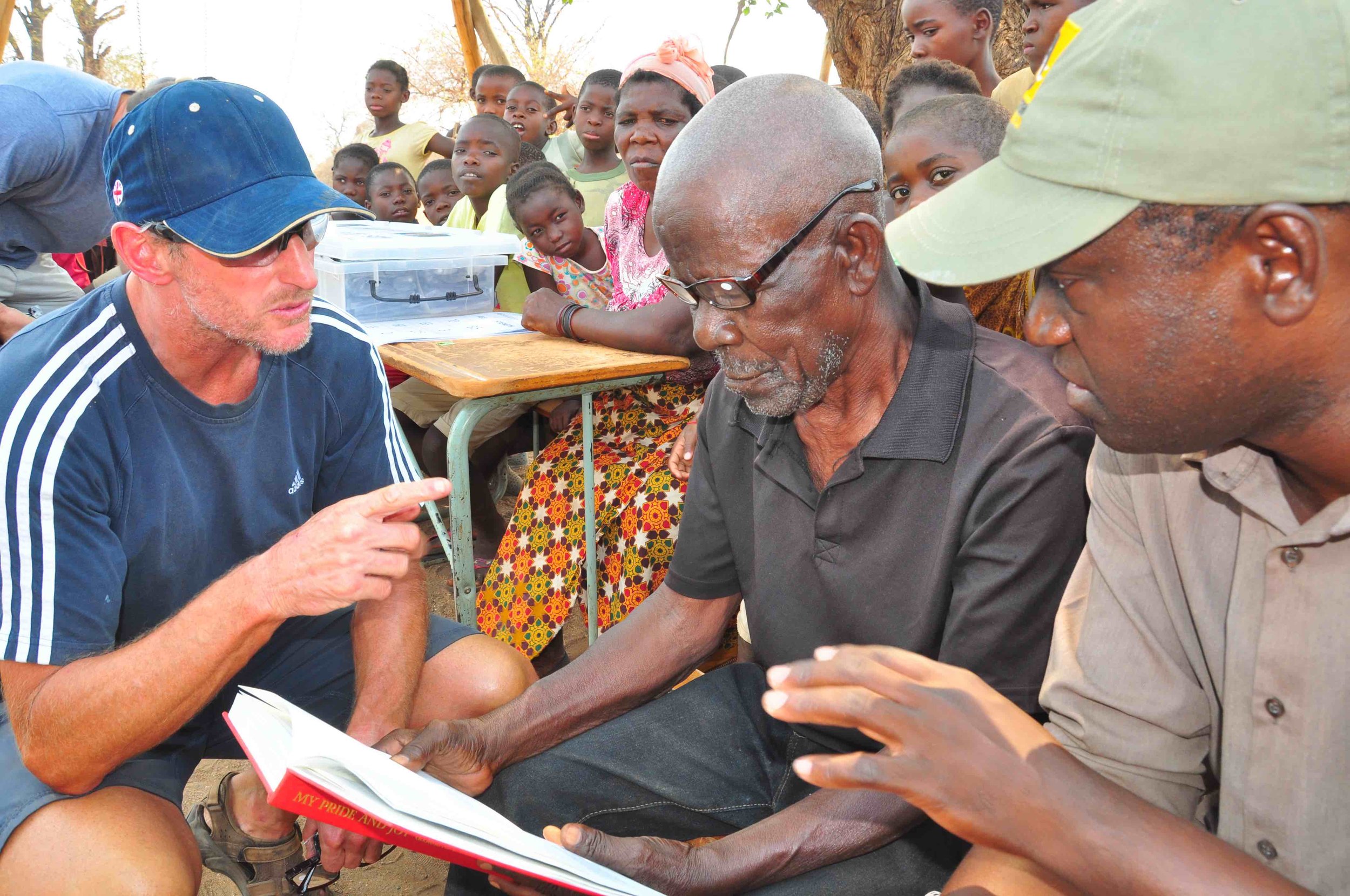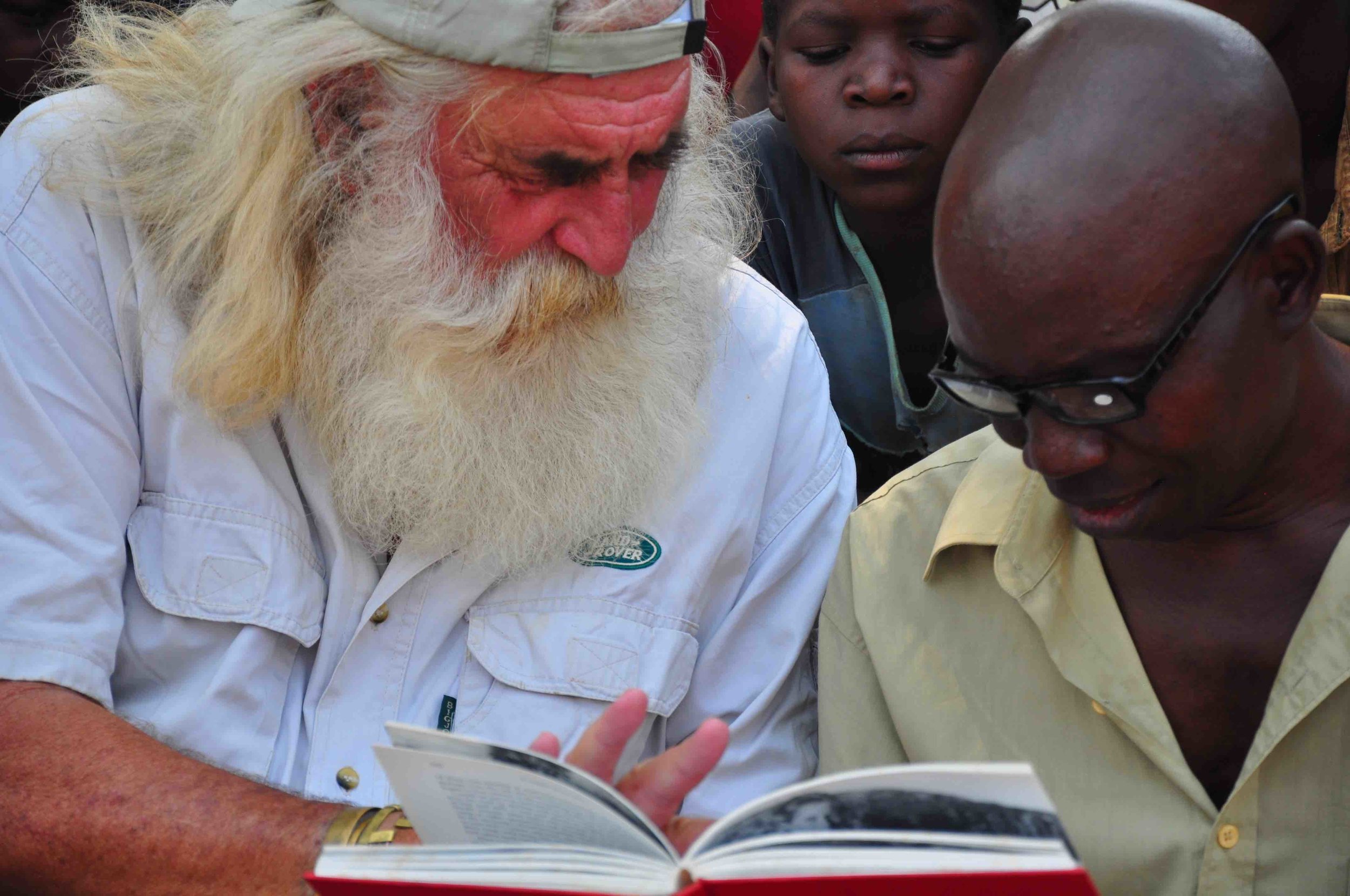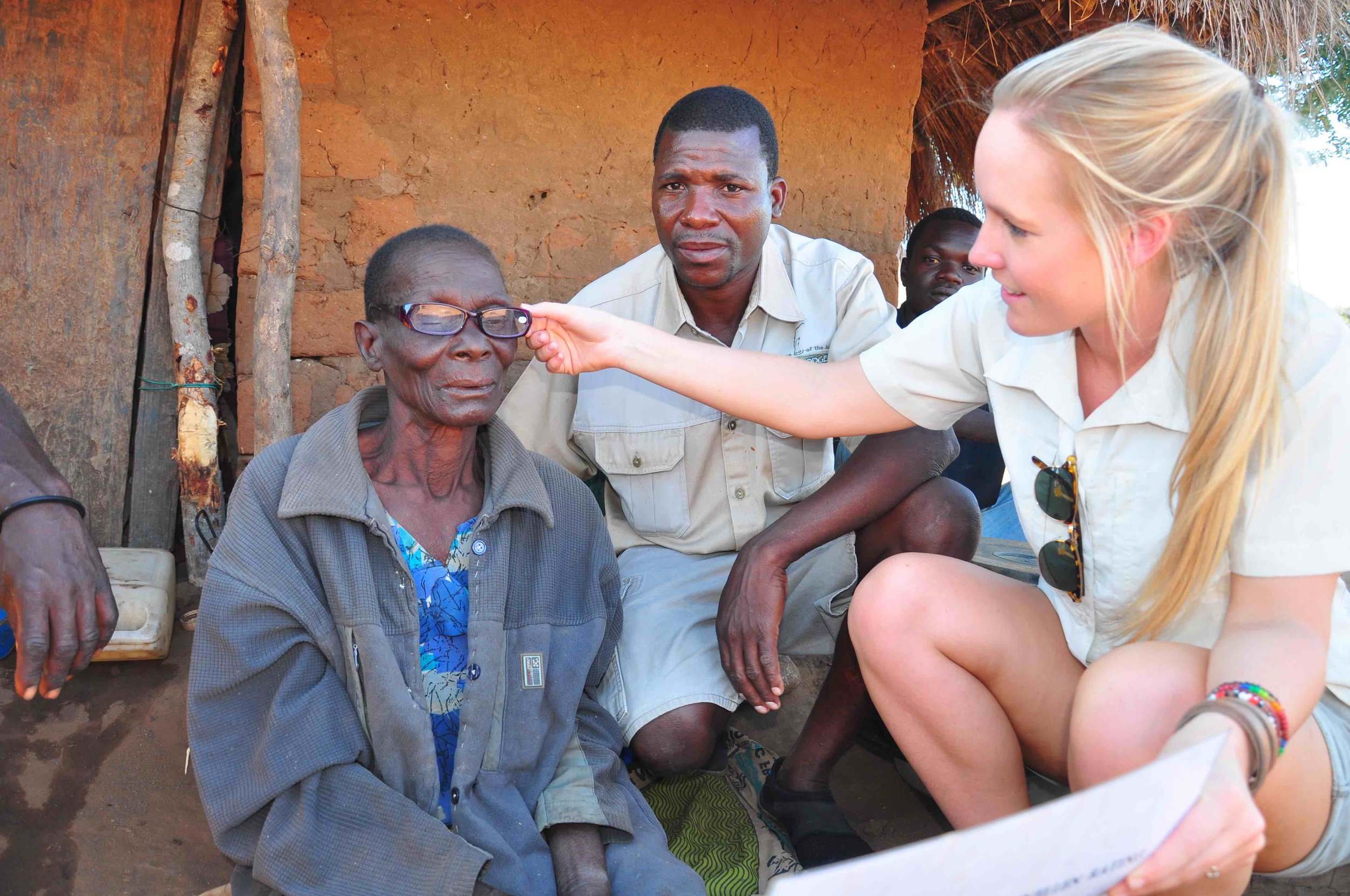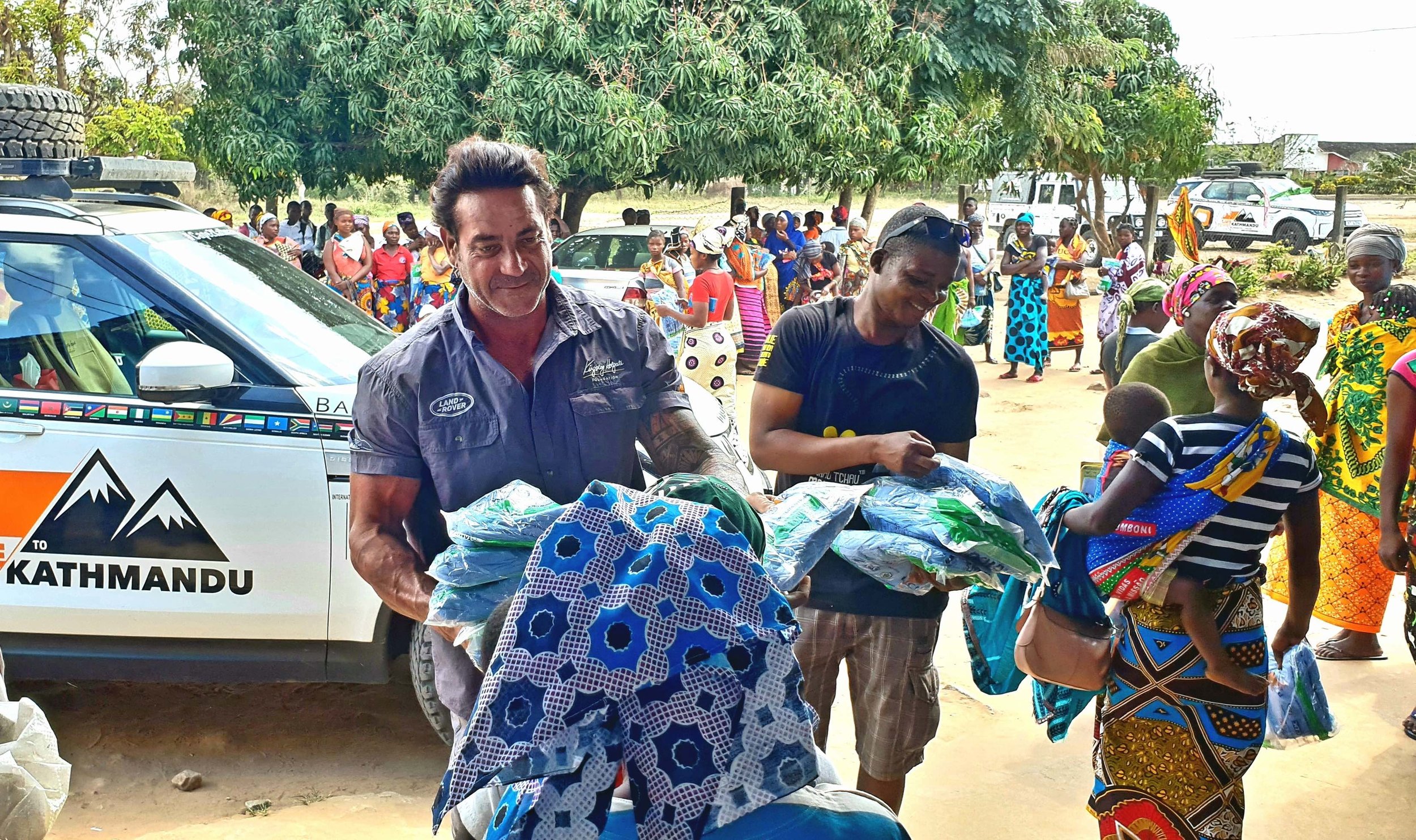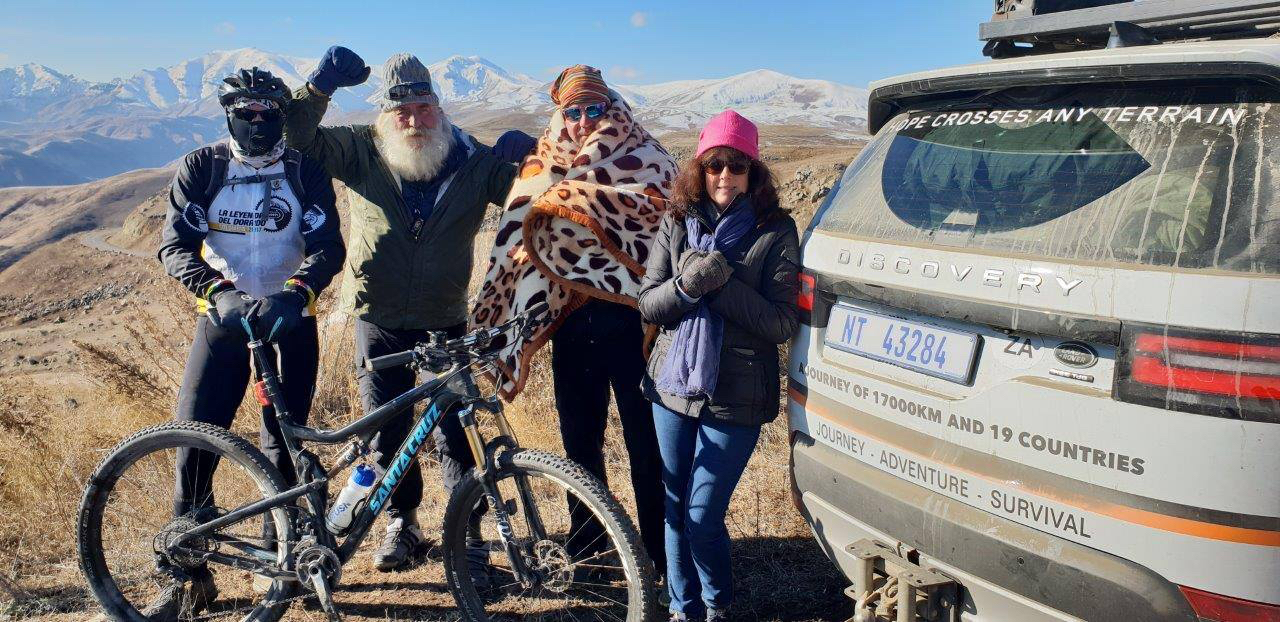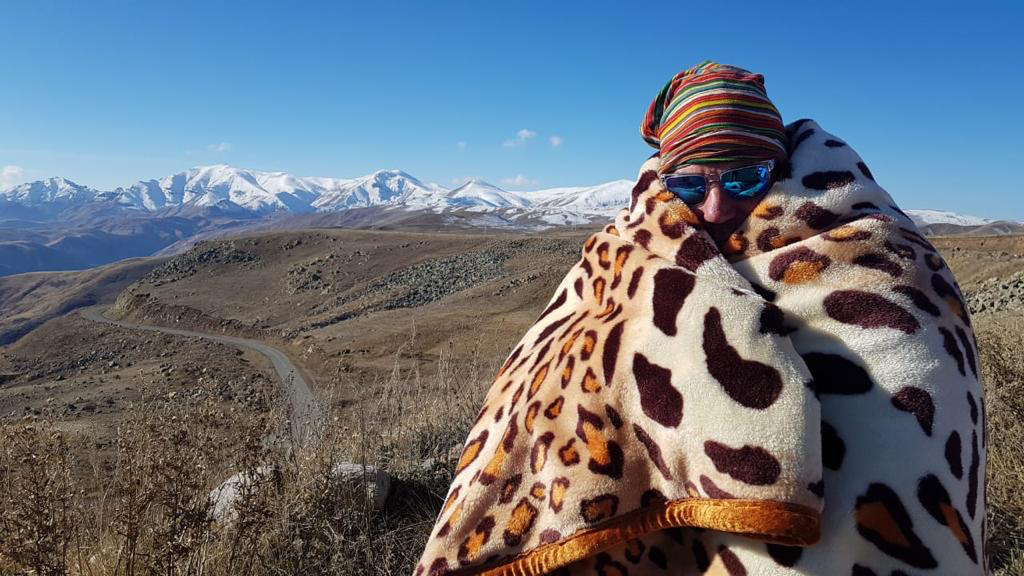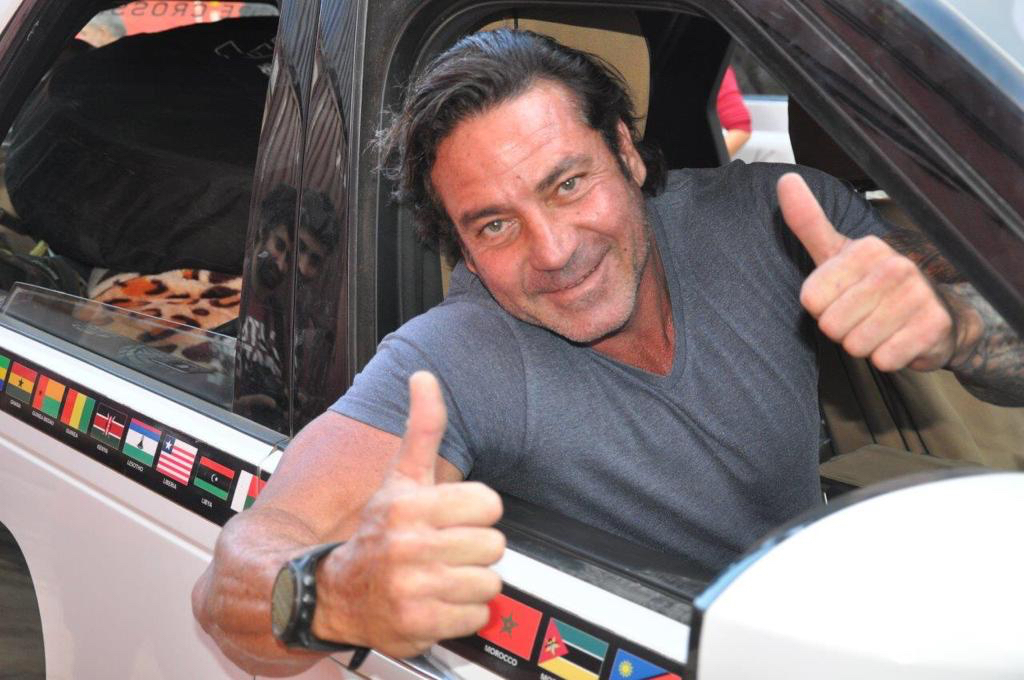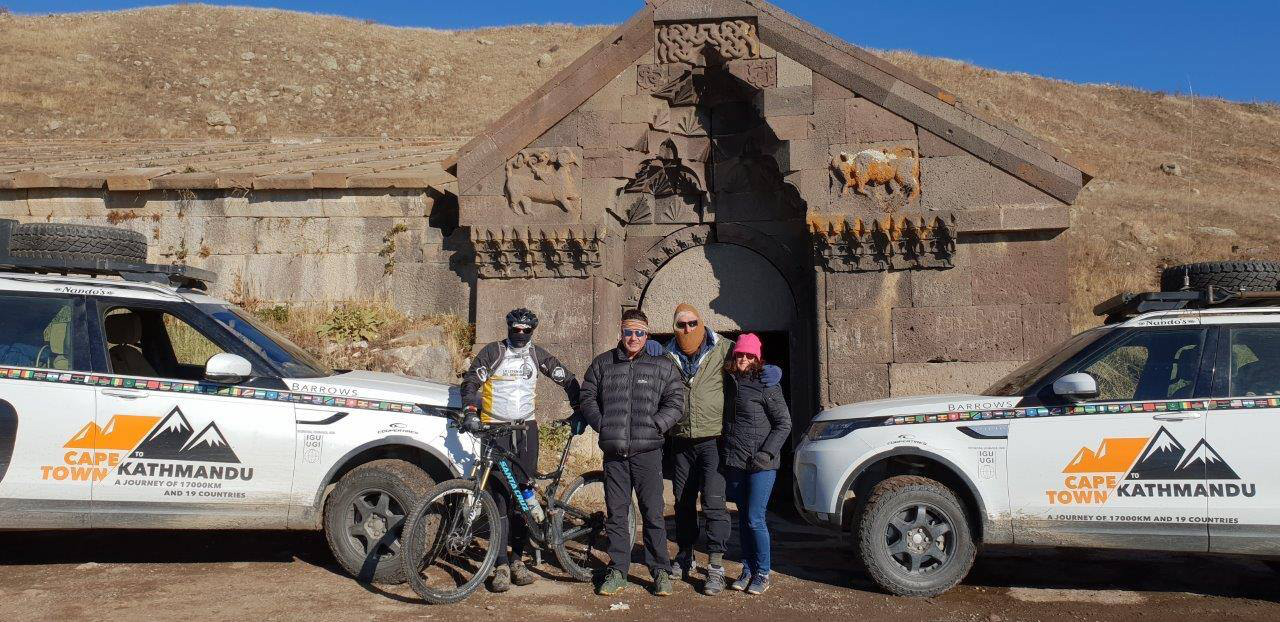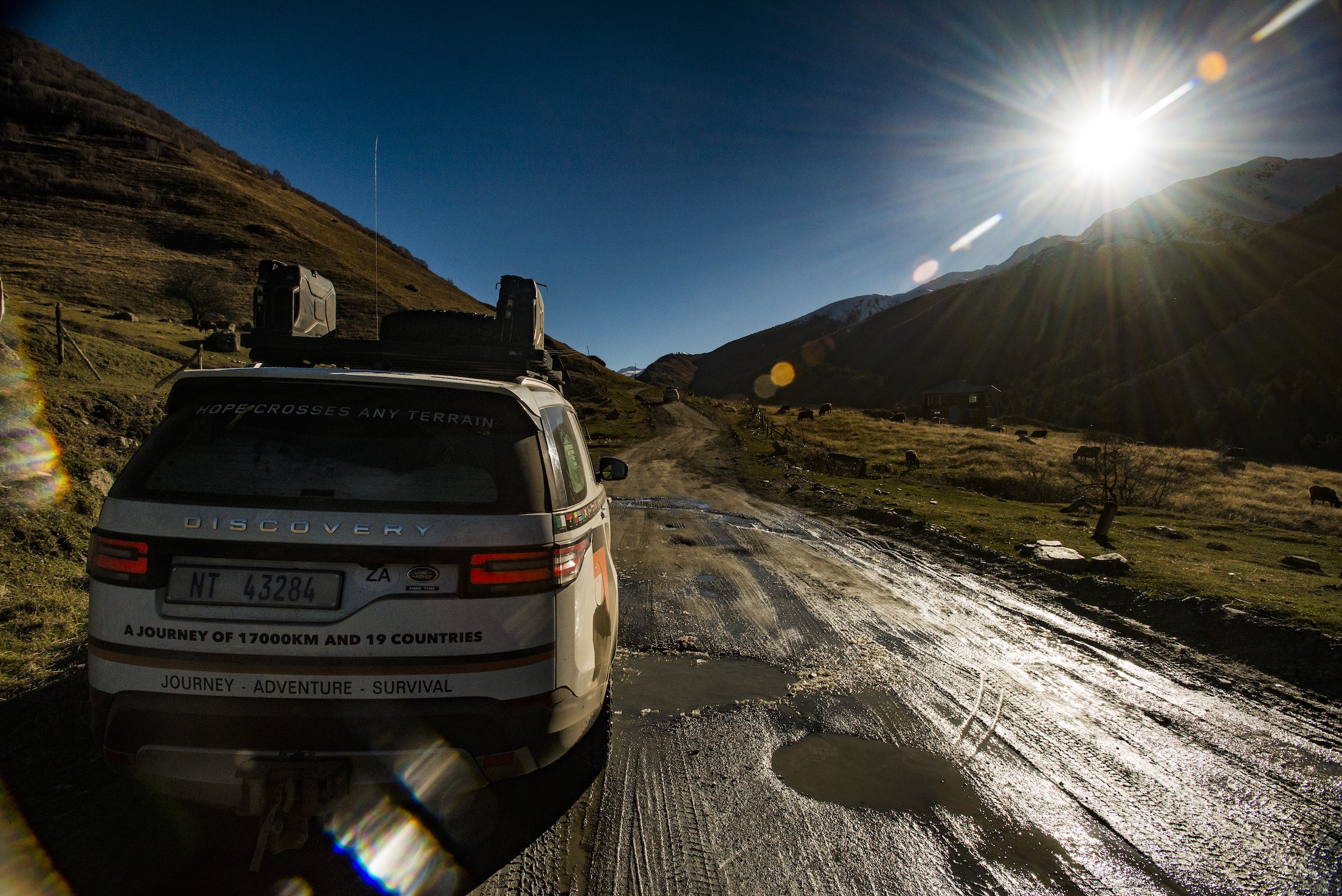Legendary South Africa-based explorer Kingsley Holgate and his team are two-thirds of the way through their 41st humanitarian and geographic expedition which began in June 2023, and are now gearing up to reach some of the wildest and most isolated regions in central, north and west Africa.
Utilising new Defender 130s, the Afrika Odyssey expedition that began in June 2023, has already surpassed 40,000 kilometres along some of the most treacherous routes in Africa, withstanding torrential rains, excessive heat, and record floods in the past eight months.
This expedition is delving into the wild heart of 12 diverse African countries and has a strong conservation, culture, and community focus. The aim is to reach 22 unique wildlife reserves, managed by the conservation NGO African Parks in partnership with the government of each country.
“Over the past 30 years of adventuring in every country on the continent, we’ve come to realise that Africa’s iconic biodiversity and wildlife is under immense threat,” said Kingsley. “For a long time, we’ve been asking the question: is there hope for Africa’s wild spaces as well as the people who depend on it, in the face of burgeoning global demand for natural resources?”
“That’s what spawned the idea for this expedition and there’s good news. We’ve been privileged to see first-hand the incredible work being done to protect and restore vast tracts of wilderness and the frontline fight against criminal networks that profit from illegal trade in wildlife, logging, and mining. We’ve heard gut-wrenching, personal stories of loss from rangers on the front line, alongside uplifting stories of hope that bear witness to the revival happening in many countries thanks to proactive governments, and the positive impact it is having on both wildlife and neighbouring communities.”
The expedition has now reached 15 of the 22 wildlife regions on their list. Starting in the northern tip of the Namib desert at Iona National Park in south-western Angola, it has journeyed through nine national parks in Zambia, Zimbabwe, Mozambique and Malawi; reached the furthest and highest source of the White Nile in the mountainous rainforests of Nyungwe in Rwanda; tackled a difficult route to two remote wildlife parks in South Sudan; and nearly lost the expedition Defenders to the worst floods in 20 years at Garamba national park in the remote north-eastern corner of the DRC.
The Afrika Odyssey expedition is also providing humanitarian support to communities living alongside these wildlife regions. “Unusually high rainfall in the East and Central African regions have escalated malaria cases, especially in young children and babies,” said expedition leader Ross Holgate. “The whole team also contracted malaria whilst in East Africa and we know from personal experience how deadly malaria can be. So, we’ve distributed over 7,600 long-lasting insecticide-treated mosquito nets to date on this journey. With one mosquito net protecting on average a mum and two children, that’s nearly 23,000 people safe from malaria.”
“We’ve also provided 1,800 reading glasses to poor-sighted, mostly elderly people in these isolated areas. Additionally, conservation education forms an integral part of this expedition. Through our Wildlife Art programme, we’ve helped educate thousands of children living alongside African Parks-managed protected areas about the values of caring for their environment. They are the future guardians of these wildlife gems and it’s important to pass on the baton of conservation, to ensure they continue to benefit from Africa’s wildlife resources in the coming years.”
“Ahead lies the most difficult part of the expedition, to reach seven wildlife regions in Republic of Congo, Central African Republic, Chad and Benin,” continued Ross. “We’ll be tackling dense rainforest conditions, difficult river crossings, vast desert and rocky mountain terrain where water and fuel will be hard to come by, as well as potential security threats. The logistical issues for this chapter are extreme.”
Veteran expedition member ‘Shova Mike’ Nixon, one of only three people in the world to have completed all 19 Cape Epic mountain bike races, will attempt to cycle 600 kilometres on a specially-adapted Evo-bike through Chad’s Sahel and Sahara desert to reach the World Heritage Site of Ennedi Natural and Cultural Reserve near the Libyan border.
“Ennedi is said to be the most beautiful part of the Sahara but I’m expecting a hard, physical test with powdery soft sand and temperatures above 40’C,” said Mike. “From what I’ve researched, this route hasn’t been attempted before by bicycle; hopefully it becomes another ‘first’ that adds an extra level of adventure and excitement to the expedition.”
The Afrika Odyssey’s Scroll for Conservation – with hundreds of pages already filled with inspiring messages from community leaders and beneficiaries, park rangers, conservation partners and government envoys – will also complete the journey, as will the well-travelled Zulu calabash that is collecting symbolic water from all 22 African Parks-managed protected areas.
“We trust that the Zen of Travel will continue to ride with us,” concluded Kingsley. “We need to showcase the inspirational potential of Africa’s people and wild places – it is not all doom and gloom. We’re raring to go for chapter three of this incredible journey, continuing the humanitarian work, and meeting more passionate individuals who are dedicating their lives to this beautiful continent’s wild heart and rural communities.
Follow the expedition on Facebook: https://www.facebook.com/KingsleyHolgateFoundation
-ends


























